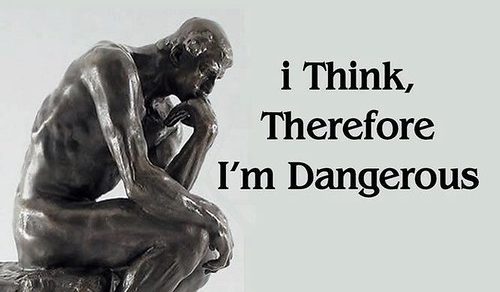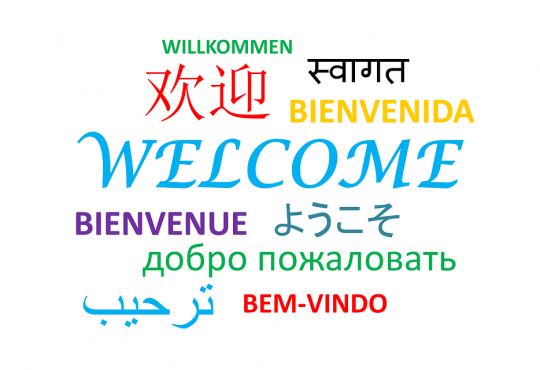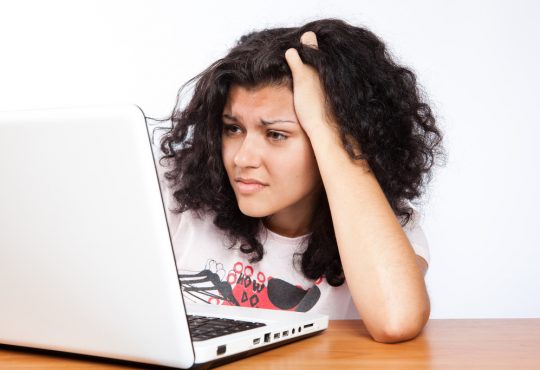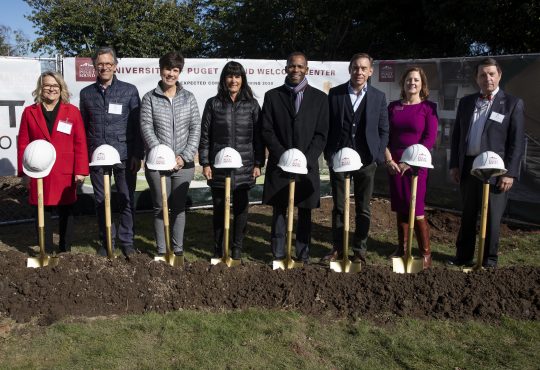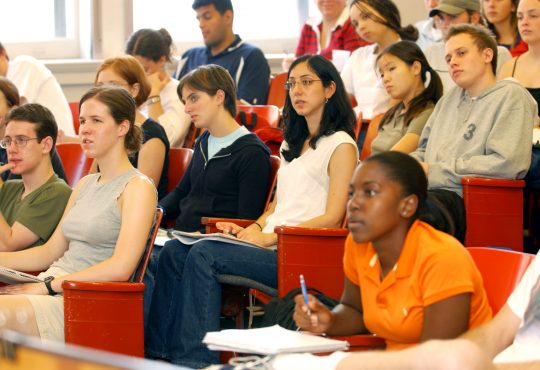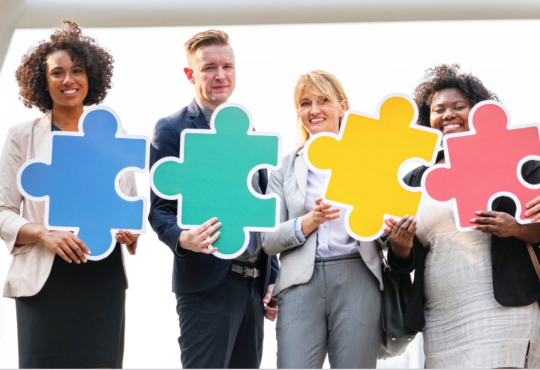Conversations about race both on and off campus have been going on for a while. On campus, a new dialogue about mixed race has started. In navigating the many complexities of race, people of mixed race have the unique ability to identify with different ethnic identities. Being of mixed race is also starting to become more and more common.
The 2010 Census showed that people who reported multiple races grew by a greater percentage than those reporting a single race. According to the 2010 Census brief The Two or More Races Population: 2010, the population reporting multiple races (9.0 million) grew by 32.0 percent from 2000 to 2010, compared with those who reported a single race, which grew by 9.2 percent.
Four groups were the largest multiple-race combinations, each exceeding 1 million people in size, white and black (1.8 million): white and “other” (1.7 million), white and Asian (1.6 million) and white and American Indian and Alaska Native (1.4 million).
Sophomore Mary Ferreira-Wallace commented on the topic of mixed race.
“I think the mixed-race dialogue should have happened years ago. We only have these difficult conversations when something bad happens,” Ferreira-Wallace said.
“When people ask me “what are you?”—it used to bother me and make me feel like an exotic animal. There are now more people that look like me. It’s not a bad thing to look different today—it’s more common and celebrated,” Ferreira-Wallace said.
“I think being mixed race is exciting because you can identify with multiple groups. It is still hard though because I am always ‘othered,’” Ferreira-Wallace said.
“It was really funny when I came to college—I just naturally gravitated towards mixed-race people. I don’t feel like I can’t connect with people who are not mixed race but it’s funny because once I was given the chance to make my own friends I chose people who I could be myself around. I never have to explain being mixed to them,” Ferreira-Wallace said.
Sophomore Marisa Christensen also commented on the topic of mixed race and offered a very new and exciting view on the role mixed-race people can play in the coming years.
“To me, being mixed race is associated with being an American because I feel like only in America could my parents have met. My mom is from a different country and my dad is from Nebraska,” Christensen said. Christensen views America as a progressive place where people of different races are able to come together.
“For me, mixed-race people have always been the first ones to come up and strike a conversation. They have immediately felt a kinship and I feel the same as well. That is probably the group I identity [with] the most—other mixed-race people,” Christensen said.
In commenting on the increase of mixed-race people today, Christensen believes media has had a role in making it more of a norm.
“I think mixed race is shown indirectly in the media and advertising which I think is in response to more inter-racial families and that becoming more of a norm,” Christensen said.
The mixed-race dialogue is essential to have in the U.S. and abroad. As we begin learning and traveling more, the more mixed-race people there will be.
“Race isn’t usually the context I view people in because I am mixed,” Christensen said.
Christensen’s view is the perfect representation of how people of mixed race can change the dialogue surrounding race in years to come. Being of mixed race gives people a unique perspective on the race dialogue because they aren’t focused on ‘othering’ a different group but instead viewing people as individuals with unique stories. People of mixed race offer a unique perspective and the conversation surrounding people of mixed race should continue.
“When I was growing up I didn’t realize my mom had an accent and it’s not something that I think about that much even now. To me, my parents were just my parents and I didn’t think about how they are from completely different countries a lot of the time,” Christensen said.

